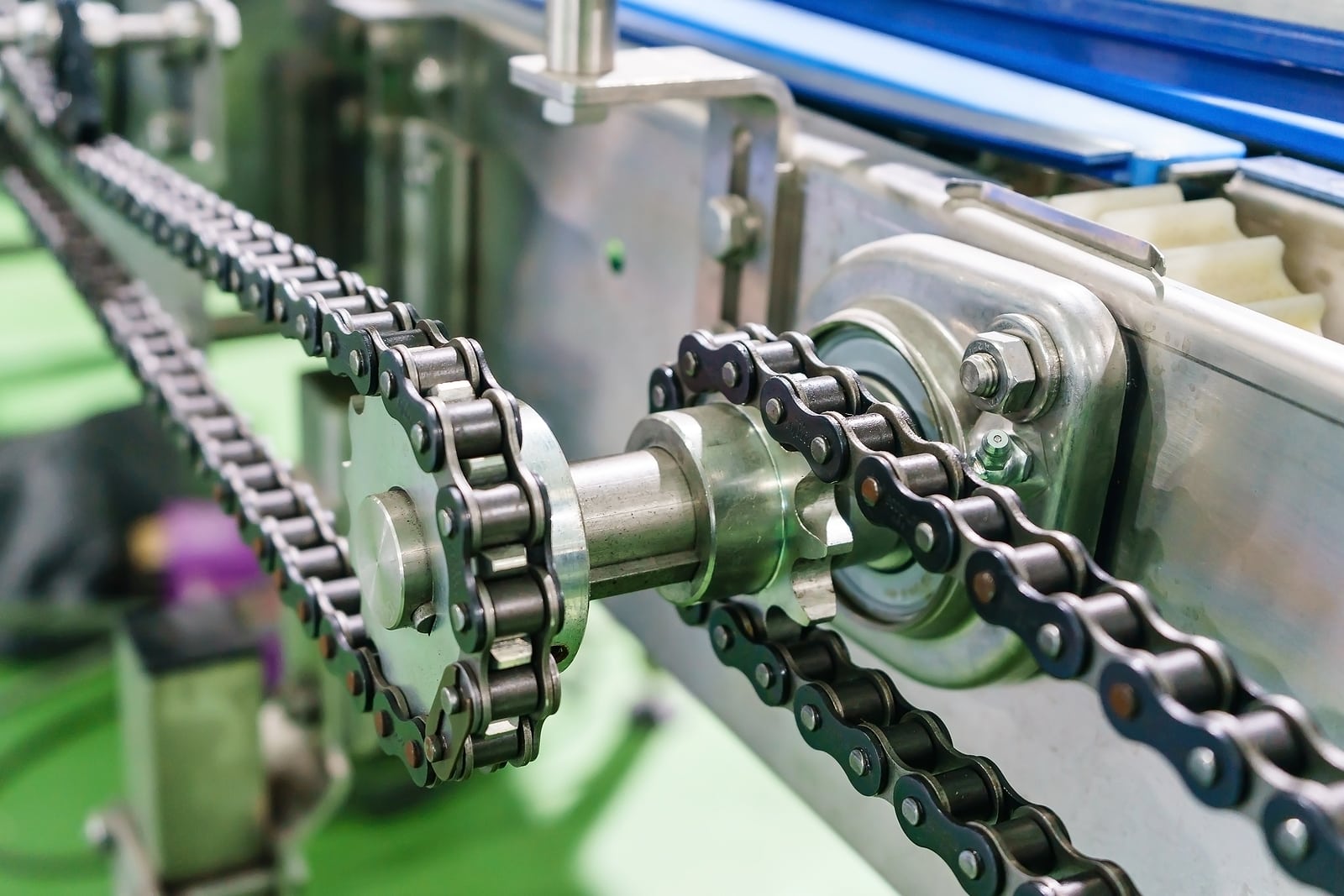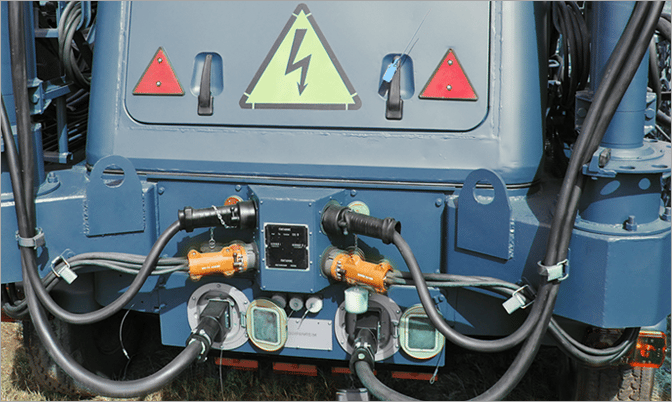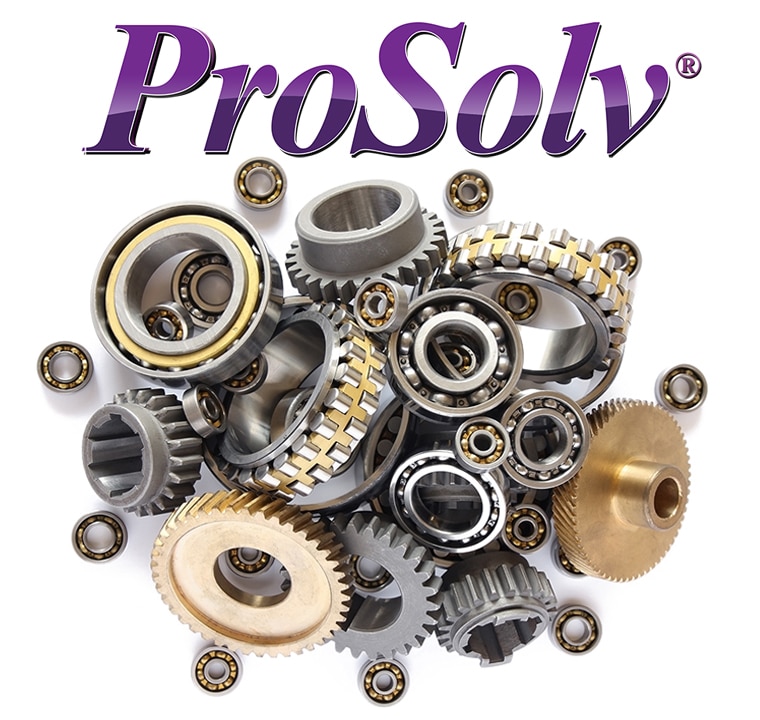Latest Articles
Corrosion Protection Spray – SuperCORR A
SuperCORR A corrosion protection spray protects and revitalises production machines during Coronavirus lockdowns.

We can provide you with a Material Safety Data Sheets, independent laboratory reports, product samples and technical assistance.
For more information or advice please telephone us on +44 (0) 20 8281 6370 or use our contact form.
All products are supplied and supported by EnviroTech Europe Ltd. Manufactured in the United Kingdom and available on short delivery times through our dedicated team of distributors worldwide.
Share this page:
Related Posts
Improve connector maintenance on portable gas generators
Why using SuperCORR A for connector maintenance on portable gas generators improves electrical supplies in extreme conditions.

Portable generators maintain aircraft services at standings are connected and disconnected many times a day in extreme weather conditions.
These applications and locations test connector seals allowing dust or water to infiltrate. This with the flexing of the connecting cables allows sufficient movement between the metal surfaces of the connecting pins to produce fretting corrosion which reduces, interrupts or produces failures in electrical supply. Regular maintenance of electrical connectors and control systems is vital to be certain of uninterrupted supply.
SuperCORR A is an aerosol lubricant containing corrosion preventive compounds, which, as is the case with all lubricants, can be worn off over time.
A leading manufacturer of connectors tested SuperCORR A to see what the “life” of the lubricant was in a “rub test”. The typical test is 20,000 cycles, i.e. unplug, plug in is one cycle. The test results demonstrated that after 20,000 cycles there were no failures. It was decided to take it one more step and run the same tests for 200,000 cycles. The results again showed no indications of galling or scoring on the connectors at all. The connector looked and tested as good as new. This test was run under clean conditions in a laboratory but demonstrates the effectiveness of the protective lubricant in SuperCORR A.
As it meets Mil- MIL-DTL-87177B (Revised MIL-L-87177A) specifications SuperCORR A is used by the U.S. Air Force to protect the intricate workings of the F-16 Fighter Jet and by the U.S. Navy on the P 3 Orion electronic surveillance aircraft. Commercial aviation aircraft manufacturers recommend it for electrical and close metal mechanical application, especially where flights are in salt fog or high humidity.
Containing extremely long-lasting, proprietary anti-corrosive inhibitors SuperCORR Aprovides a superior lubrication coefficient and protects components against moisture, wear, general and fretting corrosion, surface static electricity, corona, and other electro migration problems. The super thin non-flammable lubricant film is only 7 microns (0.007 mm) thick and is formulated without sulphates, chlorides or halogens to meet the RoHS directive. It is unexcelled in preventing deterioration and contamination on all surfaces of electronic equipment.
Very fast drying environmentally acceptable solvents are used as carriers and propellants which will not affect most plastics, substrates, metals or other materials used in connector manufacture.
The aerosols are supplied with probes allowing access to pins and connector tubes where the low surface tension repels water, dirt dust and metal particles from blind holes and surfaces to produce thoroughly clean holes before a second application applies the lubricant film. Reconnection to the supply with cleaned sections of the connector ensures reliable operation even in the most testing of environments. This easy maintenance from one can of
SuperCORR A allows this essential task to be carried out in any conditions quickly, easily and securely.
For more information please visit www.corrosion-protect.com/supercorr-a To discuss the use of SuperCORR A to solve your problems please use the website contact form or phone us, we look forward to hearing from you.
We can provide you with a Material Safety Data Sheets, independent laboratory reports, product samples and technical assistance.
For more information or advice please telephone us on +44 (0) 20 8281 6370 or use our contact form.
All products are supplied and supported by EnviroTech Europe Ltd. Manufactured in the United Kingdom and available on short delivery times through our dedicated team of distributors worldwide.
Share this page:
Related Posts
Replace n-Propyl bromide with ProSolv vapour degreasing solvent
High performance vapour degreasing solvent, simple “drop-in” replacement for n-Propyl bromide and trichloroethylene.

ProSolv® is an alternative chemistry developed by EnviroTech Europe to replace chlorinated solvents. It can be used in most existing vapour degreasing equipment and can be used safely for immersion cleaning using ultrasonics, for which it has been optimised. with a high specific gravity and very low surface tension.
Unlike some other chlorinated and halogenated blends such as trichloroethylene, ProSolv® is an excellent choice to replace flammable solvents such as MEK, Acetone, Isopropyl alcohol (IPA) or hydrocarbons where manual wiping or brush cleaning is the preferred method. It is a non-flammable azeotropic blend which can be used for manual cleaning in suitably ventilated areas and recycled by distillation for reuse through many cycles. It is a very stable mixture with no need for monitoring or the need for additives or stabilisers.
In other applications ProSolv® offers a cost-effective alternative for halogenated solvents in formulations for dip, spray or aerosol applications and as a fast-drying carrier solvent for oil, silicones and other lubricants. Simple to install in any standard machine for vapour and vapour liquid degreasing.
ProSolv® is non-flammable (No Flash Point) with high solvency (KB Value 91) with a very low surface tension and low boiling point making it highly productive and economical in use. A very stable azeotrope in use no additives or testing required. Leaves minimal non-volatile residue.
Importantly the ProSolv® formulation is kind to the environment as it contains no hazardous air pollutants and is safe for users. It has zero ozone depletion (ODP) with very low global warming potential (GWP). ProSolv® is compatible with all metals.
Manufactured in UK with excellent customer service, technical support and training from qualified distributors throughout Europe.
We can provide you with a Material Safety Data Sheets, independent laboratory reports, product samples and technical assistance.
For more information or advice please telephone us on +44 (0) 20 8281 6370 or use our contact form.
All products are supplied and supported by EnviroTech Europe Ltd. Manufactured in the United Kingdom and available on short delivery times through our dedicated team of distributors worldwide.
Share this page:
Related Posts
Latest News
No Results Found
The page you requested could not be found. Try refining your search, or use the navigation above to locate the post.
